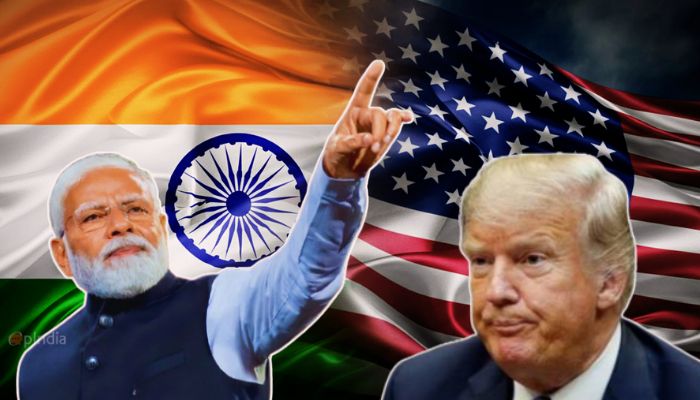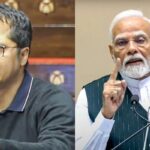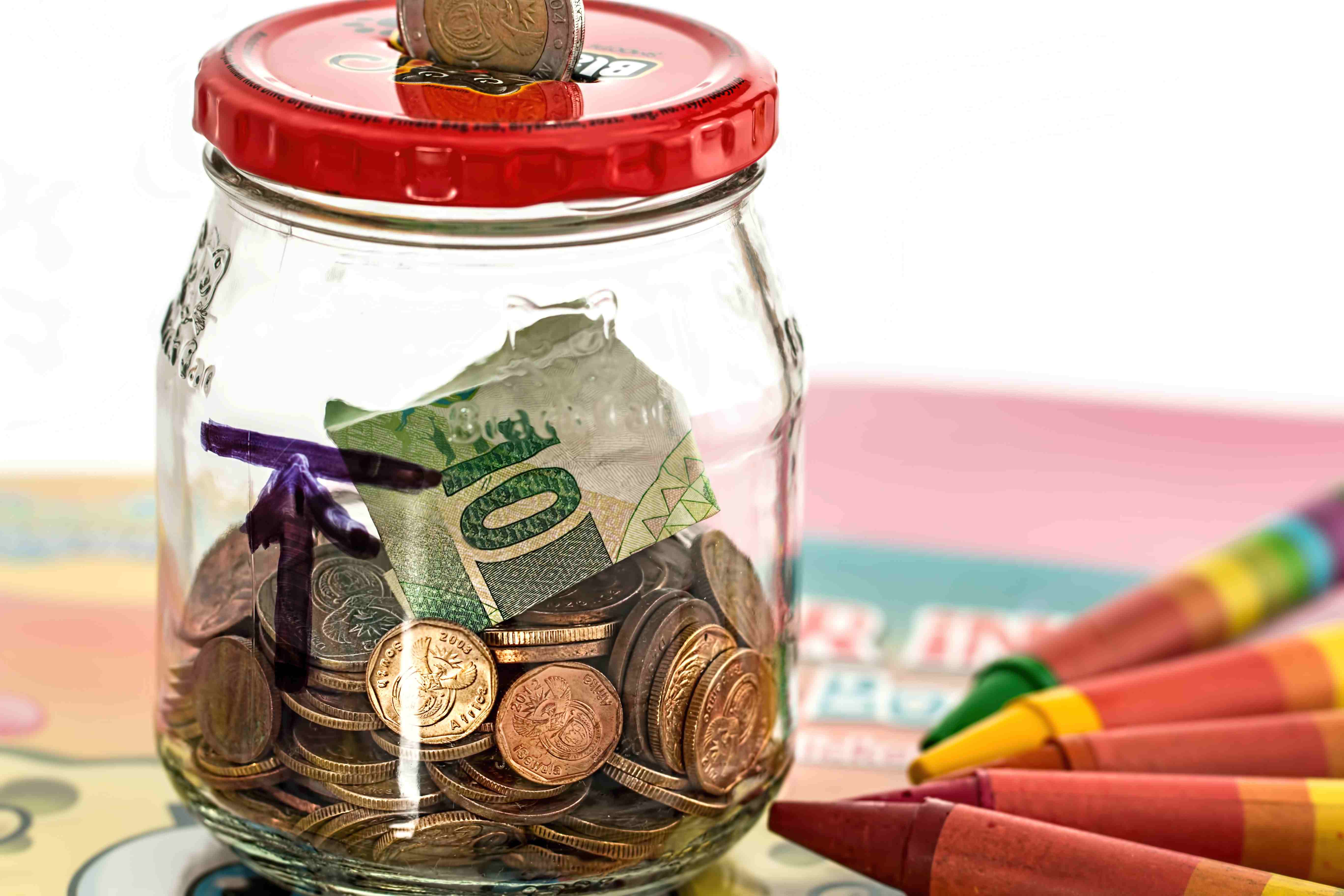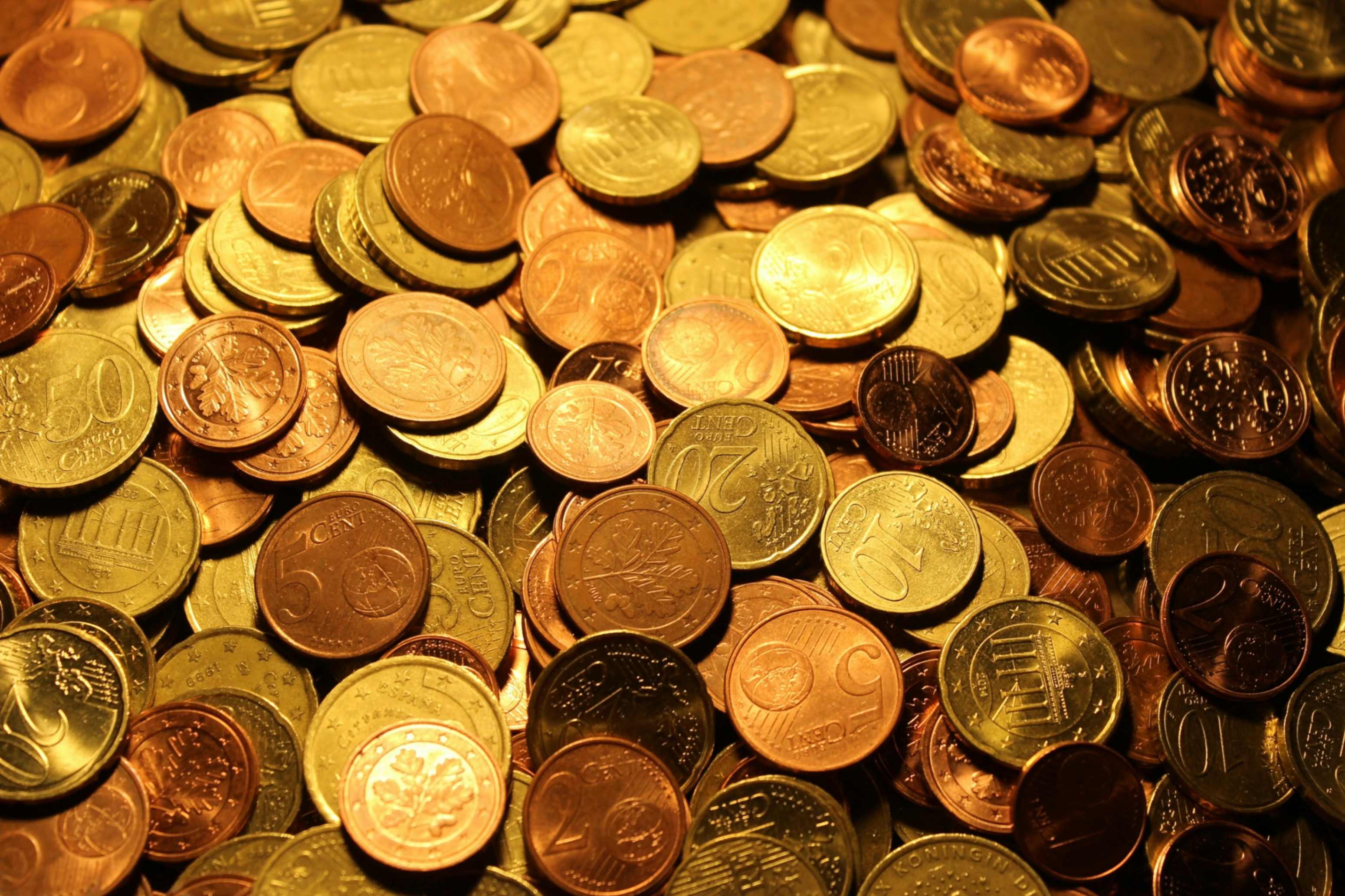What was a speculation till now has now been confirmed by Prime Minister Narendra Modi about the thorn in the India-US trade deal. In a strong message against the arm twisting strategy the United States, Prime Minister Narendra Modi on Thursday (7th August) asserted that farmers remain India’s top priority and that the country would never compromise on their interests.
Whatever it takes, India will not compromise on the interests of its farmers, livestock keepers and fishermen. pic.twitter.com/pvqIKipsCO
— Narendra Modi (@narendramodi) August 7, 2025
“For us, the interest of our farmers is our top priority. India will never compromise on the interests of farmers, fishermen and dairy farmers. I know we will have to pay a heavy price for it, and I am ready for it. India is ready for it,” PM Modi said while addressing the MS Swaminathan Centenary Conference.
PM Modi during his address at the M.S. Swaminathan Centenary International Conference in Delhi:
“Protecting the interests of our farmers, fisherfolk & livestock rearers is our first priority. I know I will have to pay a price for it. But I am ready” pic.twitter.com/d6WWshKMKc— OpIndia.com (@OpIndia_com) August 7, 2025
Prime Minister Modi’s remarks that India will never compromise on the interests of farmers, fishermen and dairy farmers came at a crucial time and at an occasion at emphasises India’s commitment to becoming self-reliant in the face of tariffs and sanctions threats.
Swadeshi is Modi’s mantra against Trump tariffs
Professor MS Swaminathan was a towering figure in agricultural science and a pioneer of food security in India. His revolutionary leadership in agriculture reshaped the country’s economy. The driving force of India’s Green Revolution, also known as the ‘Father of Economic Ecology’, was instrumental in developing high-yielding varieties of paddy that helped ensure India’s low-income farmers produce more yield.
No matter which party is in power in the US or who is the President, America takes delight in giving sanctimonious sermons to countries that do not function as its vassal and leaders who do not simply behave like submissive sycophants. MS Swaminathan led India’s quest to become self-reliant in food production. Now, PM Modi has given a call to the nation to go for ‘Swadeshi’.
On 2nd August, PM Modi, while addressing a public event in Varanasi, said that Swadeshi or made-in-India products are the need of the hour. PM Modi said that Indians should choose local products over foreign ones to build a self-reliant economy.
“We will buy only those things that are made by Indians. We need to become vocal for local,” he said passionately. He also appealed to all political parties, irrespective of their political ideologies, to join this cause of encouraging Indian-made products and transforming India into an economic powerhouse.
Are tariffs and ‘dead economy’ rhetoric Trump’s pressure tactic to force India into signing a favourable trade deal that comes at the cost of Indian interests in the agriculture and dairy sector?
Prime Minister Modi’s remarks come amid chaos over the Trump administration doubling the tariff imposition to 50% on goods from India. During trade negotiations, the United States was pushing for greater access to India’s agricultural market, especially corn, soybeans, and cotton.
However, India has so far resisted opening the agricultural sector and dairy products, due to concerns about domestic livelihoods and potential impacts on farmers.
Earlier on Wednesday, US President Donald Trump signed an Executive Order imposing an additional 25 per cent tariff on imports from India for buying Russian oil. The Indian Ministry of External Affairs issued a strong statement making it clear that no tariffs, additional tariffs, substantial tariffs and penalties can deter India from upholding its national interests.

The MEA spokesperson said, “We have already made clear our position on these issues, including the fact that our imports are based on market factors and done with the overall objective of ensuring the energy security of 1.4 billion people of India. It is therefore extremely unfortunate that the US should choose to impose additional tariffs on India for actions that several other countries are also taking in their own national interest.”
The MEA statement added that India will take all actions necessary to protect its national interests.
Before this, India had called out America and the European Union’s hypocrisy, saying that they continue to have trade ties with Russia even for non-essential items and yet have the audacity to target India, which has only ensured global energy stability by purchasing Russian oil. This came in response to Trump’s initial 25 per cent tariffs, which came into effect on 1st August.
It is reported that the Modi government is not ready to heed America’s pressure to allow the import of genetically modified (GM) crops. India has also made it clear that no compromise will be made with regard to India’s agriculture and dairy sectors.
A senior official earlier this week told IndiaToday, the government will not allow any relaxation on matters pertaining to religious sensitivities, including non-vegetarian milk and beef products. The Modi government has drawn a firm line against opening Indian agriculture and dairy markets for US, and refused to reduce tariffs on these sensitive sectors, give agriculture is the backbone of India.
While India has asserted that opening Indian agriculture and dairy markets for US will harm millions of Indian farmers, directly impacting their livelihood. It is for this reason, India has historically excluded agriculture from trade deals. However, the US, focusing only on extracting maximum gains from one of the world’s largest markets, is adamant about its demand to access Indian markets in these sectors.
Perhaps, this has derailed the trade deal talks between the Indian and American authorities. Due to concerns over subsidised U.S. agricultural imports, Indian officials have decided not to lower tariffs on corn, soybeans, wheat, and ethanol. However, India has shown willingness to allow access for U.S. dry fruits and apples. Fearing disruption from U.S. imports, domestic automakers, pharmaceutical companies, and minor sectors have also pushed for a gradual opening.
America is advocating for improved access to India’s markets for pharmaceuticals, medical devices, dairy products, ethanol, alcoholic drinks, automobiles, and agriculture. Additionally, it calls for India to lower non-tariff trade barriers and reform laws pertaining to data flows, digital trade, and patents. Although India has demonstrated adaptability, it cannot blindly welcome America and undermine local ambitions and livelihoods.
While Trump may satisfy his ego by calling the Indian economy ‘dead’ even as in reality, the Indian economy is thriving, levying tariffs and penalties, receiving indirect support from a section of India’s political opposition, the Indian economy continues to grow. This is New India, which upholds its national interests, maintains ties with its allies, and does not submit to the whims of a hypocrite and full-of-himself bully.
Interestingly, even China is buying Russian oil, in fact, much more than India does, yet China is not subjected by Trump to attacks of the same intensity. It seems like India’s buying of Russian oil is not the only bone of contention.
Is it Trump’s bruised ego talking?
India did not give credit to Donald Trump for the India-Pakistan ceasefire understanding in May, and unlike Pakistan, India did not heap praises on Trump, write social media eulogies in the US President’s name. The Modi government also did not nominate Trump for the Nobel Peace Prize, an award he has been eyeing, and perhaps, it is for that reason, been boasting about his supposed roles in brokering peace between several warring nations through trade.
Trump boasted about having used a leverage trade deal offer to persuade India to halt Operation Sindoor against Pakistan. However, the absence of such a deal, Trump’s tariff imposition and charged rhetoric against India confirm that neither Trump nor his trade deal offer convinced India to stop destroying Pakistan’s terror and military establishments.
Though India did not issue dramatic sentences and boastful claims on social media like Trump. India’s Ministry of External Affairs, through multiple statements fact-checking Trump’s claims, openly called out his lies.
India, not giving Trump credit for the ceasefire, not showing interest in buying American weapons, not ditching its traditional ally Russia, not cutting down purchase of Russian oil, has anguished and frustrated Donald Trump. What added to his chagrin was India standing its ground firm even after Trump imposed tariffs, made offensive remarks against India, and doubled the tariffs.
It’s high time, Trump understands that India is no Pakistan. India does not decide or change its domestic or foreign policy to appease a foreign leader. India does not genuflect before any country to stay in their good books. India does not open the gates of its market open for other countries at the cost of muzzling the interests of local players.
The recent India-UK free trade agreement is a testament to India’s readiness to open its market for its trading partner when the terms are agreeable, respectful and mutually beneficial. Trump cannot just claim that India is too rigid, does not lower tariffs, and does not open its markets for foreign nations. If the United Kingdom can respect India’s decision to safeguard its agriculture and dairy sectors, why can’t the US?
It’s not that India’s agriculture market is completely closed for foreign companies, but, given India’s large farming population and concerns of food security, New Delhi cannot just open up the market. A flood of cheaper U.S. agricultural and dairy imports would bring down local prices. Thus, integrating with global trade cannot come at the cost of harming the domestic sector.
It is for these reasons, it seems, that Prime Minister Modi said that India will never compromise on the interests of farmers, fishermen and dairy farmers, and that he would pay any price to safeguard them.
Perhaps, Donald Trump thought that if he could make the European Union capitulate to his tariff threats, why not India? However, under PM Modi’s leadership, India has not changed its policies due to a foreign leader’s power play.
The EU capitulated before Trump in the US-EU trade deal, compromising EU nations’ interests. Was Trump expecting the same from India?
The EU signed a trade deal with the US on 27 July 2025, reflecting its capitulation before Trump’s tariff threats. Down from 27.5 per cent, the European Union agreed to a 15 per cent tariff on most of its exports to the US, while US exports to the EU face zero tariffs.
In addition, the EU committed to approximately $750 billion in U.S. energy purchases and $600 billion in investments, and increased purchases of U.S. military equipment. Trump’s aggressive negotiation tactics, including threats of levying higher tariffs and leveraging the EU’s reliance on US markets and security, pressured EU Commission President Ursula von der Leyen to agree to the one-sided terms. This, however, came at the cost of leaving European industries, especially automotive and pharmaceuticals, at a massive disadvantage.
French PM says EU-US trade deal an act of ‘submission’ and a dark day for Europe https://t.co/8v90cwVduR https://t.co/8v90cwVduR
— Reuters (@Reuters) July 28, 2025
Observer Research Foundation’s analysis shows that German automobile manufacturers like Volkswagen and Mercedes-Benz, which export over 10 per cent of their vehicles to the US, will witness an annual profit cut of US$1.5–2 billion.
Just as it was seen in the case of India in April this year, Trump had put a deadline for the EU as well, threatening to impose a 30 per cent tariff on European products in the absence of a trade deal by 1st August 2025. Trump had also threatened a massive 200 per cent tariff on European pharma products in the absence of a trade deal by 1st August. However, unlike the EU, which sabotaged its own interests to escape the ‘wrath’ of Trump, India stands its ground firm and its top leader has issued an open declaration to brave any challenge and pay any cost to ensure India’s sovereignty, strategic autonomy, and national interests remain unbesmirched.
Modi government has been resisting Western pressure tactics since 2014
This, however, is not the first time that the Western world has attempted to pressure India into complying with its whims. However, the Modi government has dealt with such pressure tactics in the past and successfully safeguarded Indian interests.
Right from the beginning of his first term in the Centre, Prime Minister Modi has adopted an approach of resisting foreign pressure tactics, often employed to bend India into agreeing to their terms. In August 2014, PM Modi called off a deal agreed to by the previous Congress-led UPA government with the World Trade Organisation (WTO), to protect poor Indian farmers.
Even back then, the question of food security arose. The Modi government contended that after the trade facilitation agreement is signed, there is no guarantee that the same urgency will be displayed to food security. India had pointed out that the deal offered no leverage to India to secure its interests on food security, the 10% limit on support to agriculture was based on 1986-88 prices; however, inflation during the years preceding 2013-14 rose exponentially. It was only after certain modifications were made to the FTA that India signed the deal.
India has refused to liberalise trade in ways that could have harmed domestic industries. India has also opposed plurilateral agreements and maintained high agricultural subsidies, since they are essential for food security.
Last year, the US, Ukraine and several other countries criticised India’s market price support for rice and wheat; however, India held firm and upheld the interests of its farmers.
It must be recalled that in 2022, when a war broke out between Russia and Ukraine, Western nations pressured India to reduce its reliance on Russian oil. However, India not only continued to import but also increased the volume of Russian discounted crude oil. India became the second-largest buyer of Russian oil after China. While the US and its cheerleaders-cum-vassals are now vilifying India for buying Russian oil, it was India which ensured stability in global energy prices and also met its domestic energy demands despite criticism and threats of penalties.
India has also continuously rejected foreign pressure over the issue of Kashmir and India-Pakistan relations, making it clear on multiple occasions that no third party will be allowed to have a say. Even during Operation Sindoor in May this year, India categorically denied US involvement, asserting that a ceasefire understanding was arrived at between India and Pakistan only after the Pakistani DGMO dialled up to his Indian counterpart. Just to please Trump or bolster his Nobel Peace Prize claim by lending credence to his lies, India did not compromise its strategic autonomy and dismissed Western interference in India’s regional disputes, even if that meant upsetting a narcissist Trump.
Not only Western pressure, but India has also resisted regional pressure in the past. It must be recalled that back in 2019, India pulled out of the Regional Comprehensive Economic Partnership (RCEP), a China-led trade agreement involving ASEAN countries, as well as Japan, South Korea, Australia, and New Zealand. The Modi government prioritised protecting Indian industries from cheap Chinese imports, a flood of which into Indian markets would have devastated local manufacturers, and trade imbalances. Not to forget, India has also opposed China’s Belt and Road Initiative (BRI), since its China-Pakistan Economic Corridor (CPEC) violates India’s territorial integrity and sovereignty.
Conclusion
Under Prime Minister Modi’s leadership, India has resisted regional and Western pressure and arm-twisting measures effectively. The West, especially Donald Trump, needs to understand that today’s world is a multipolar world and India should not be expected to toil to strengthen American or European economies. India is a sovereign nation, and its priority has been, is, and shall remain its own national interests and commitment to upholding relations with its traditional allies. No country should expect India to have exclusive relations with certain countries and antagonise others simply because the US and EU are against them. Trump cannot blame his own failure to end the Russia-Ukraine war “within 24 hours of assuming office” on India. No tariffs, no threats, no penalties and no divorced-from-reality ‘dead economy’ jibes can compel India into a Faustian bargain.












